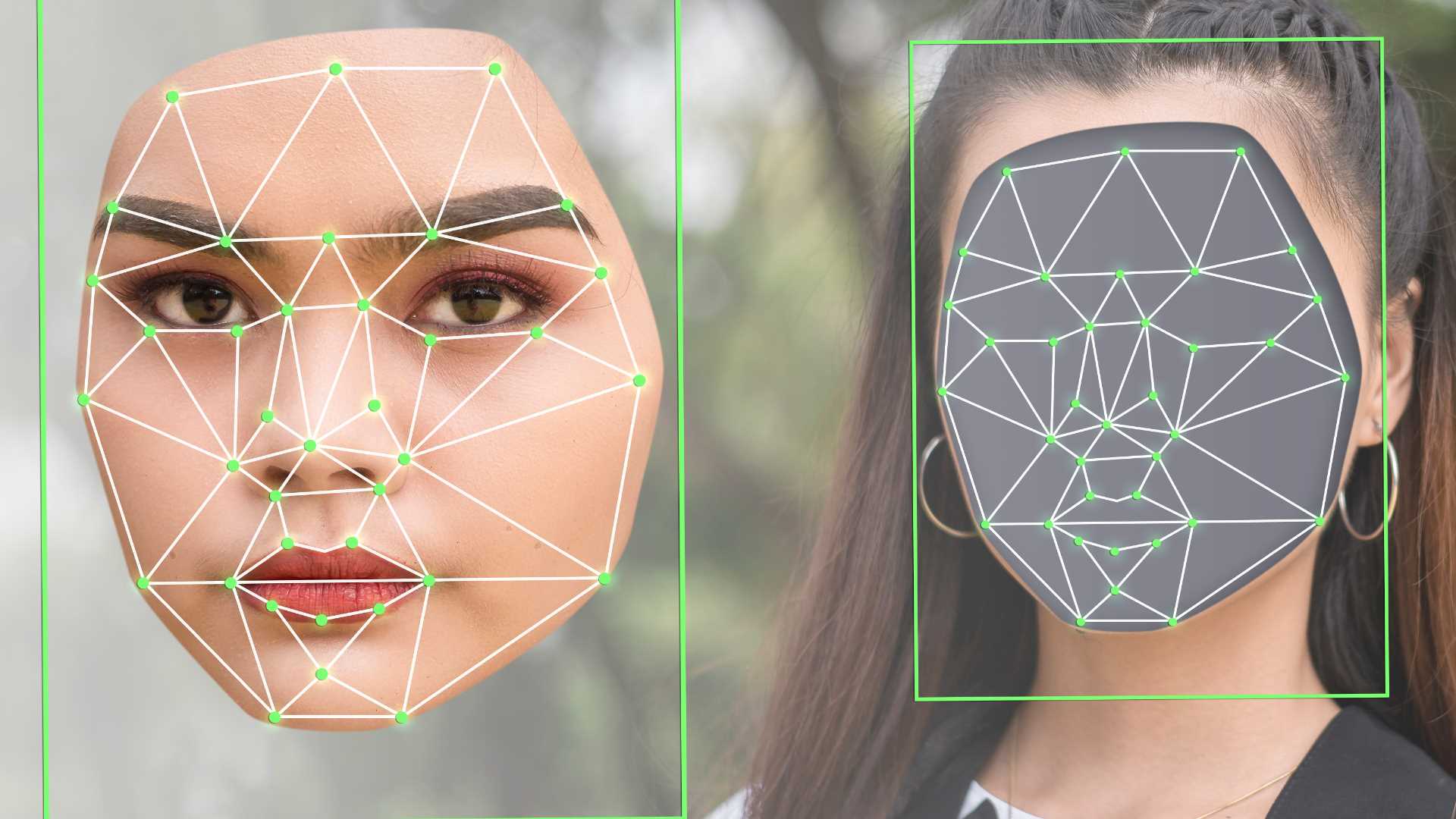How to Prevent Cyber Attacks
Cyber attacks can affect business exponentially. Here's our complete guide on how to prevent cyber attacks.


Cyberattacks are constantly evolving. Almost all of the breaches (95%) are caused by people. That’s why implementing preventative measures is so important.
Latest Emerging Network Security Attacks
Here are some of the cyber attacks to watch for. Remember even outbound traffic needs to be filtered through a firewall.
- Artificial intelligence: AI can spot employee behavior patterns that lend themselves to social engineering attacks. And it can spot other vulnerabilities leading to cybercrime events.
- Man in the Middle attacks: Another emerging threat, this is basically digital eavesdropping. Hackers steal personal data.
- SQL injection attacks: Attackers can view user lists, get admin rights or even delete tables. These use harmful code to get into the backend database.
- Crypto-Malware: This is also called crypto-mining malware. Hackers steal cryptocurrencies.
- Typosquatting: This is another significant issue. Users are often deceived by common misspellings of URLs, leading them to unknowingly visit harmful websites.
- IP theft or unauthorized access: One can lead to the other. Unauthorized access (a hack) can lead to the theft of inventions and ideas.
- Phishing attacks: Hackers dupe people into opening a malicious link. And fool them into giving up information. One way to stop these malicious actors and their malicious software is user authentication.
- READ MORE: What is Cybersecurity?
Why Preventing Cyber Attacks is so Important
Malicious code that infects or steals business data can disrupt your small business operations. To avoid legal issues, it is essential to protect your network system from attacks.
How a Cyber Attack Occurs
These attacks take different shapes. They can access mobile phones and other connected devices like personal computers. A malware attack can destroy your finances.
They start with an infected attachment. Or someone being duped into giving up info. Or even all-out assaults through denial of service attacks.
Top Cyber Security Vulnerabilities
Most cyber-attacks are financially motivated. Remote work, cloud-centered technologies, and VPNs are especially susceptible.
Here are vulnerabilities to pay attention to:
- Unused Patches. Keep your software up to date.
- Encryption Matters. If your communications are encrypted, you leave usernames and passwords open for hackers.
- Old Software. Increased risks of a breach include dated user authentication. That results in cyber criminals finding a way in.
- Unrestricted Access. It’s not just about a victim’s device being hacked. Unlimited accounts increase cyber threats.
How to Prevent Cyber Attacks and Data Breaches
Secure systems make for good business. Avoid a distributed denial of service attack and others with these tips.
Create Strong Passwords and Change Them Often
Passwords help to prevent data breaches. Set up two-step authentication with the security software. Good password security logins change frequently.
Create a Cybersecurity Policy
A good cyber security policy can help you keep customers and sensitive data safe. Cyber risks are in the cloud, too. Outline who can migrate data to the cloud from your company.
Install Firewalls and Top Antivirus Software
Look for products that offer the best VPN and firewall protection together. Choose a product that can handle most viruses. Here’s a list to sort through.
Use Endpoint Protection Software
This software protects mobile devices as well as laptops and desktops plus tablets. These can cover a total network.
Store Data Securely
First, it’s important to limit how much information you share online. Being proactive means addressing concerns. Like Baiting and scareware.
Give User Training
This is another proactive step to help employees spot and report suspicious activity. Look for a company that complies with HIPAA, ISO, and Cyber Essentials, to name a few. They should have categories for email protection and password policies. And how to recognize social engineering.
Update and Patch Software and Systems Regularly
Hackers seek out vulnerabilities in web browsers and operating systems. Additionally, software weaknesses provide an avenue for malicious actors to install malware and gain unauthorized access.
Update and apply patches on your phones, laptops, and tablets. Automatic updates are effective for managing these systems.
Encrypt Your Data
Customer information must be encoded to ensure its security. In fact, small businesses should encrypt all of their data. You can utilize either private key encryption or a combination of private and public keys that are interconnected.
Maintain Back-Ups of Your Data
Backing up company data is one way to bounce back from cyber attacks. There’s a 3-2-1 rule to follow. Make three copies. Put two in different local locations. And store one off-site. Backing up critical data is one surefire way to make your company cyber-resilient.
Cloud computing has led to cloud storage. Your data is safe even if a fire destroys your office.
Restrict Access to Your System
You’re less likely to suffer through a data breach when you control access to systems and even the entire network. Consider removable media like USB memory sticks.
Regularly Purge the System
Former employees can pose significant risks. Therefore, it is essential to eliminate any unnecessary data. Sensitive information could be at risk of theft. It’s important to note that approximately 30% of employees switch jobs. Before purging, make sure to standardize data.
Hide Your Wi-Fi Network
Any wireless access point on a Wifi network can allow for what’s called backdoor access. There are different attacks like The Evil Twin, where a system duplicates yours.
Change the default passwords using two-factor authentication. These types of authentication tools make a difference.
Have Separate Logins for Staff
Not everyone should have access to store and customer data. Separate logins should all have a minimum password length.
Use a Virtual Private Network (VPN)
Sensitive data is safer on an internal network. These create a safe way to give remote workers access to internal data.
Perform Penetration Testing
These simulate cyberattacks. Gather info on your mail servers and domain name before you start.
Think Outside of the Box
Don’t forget to consider alternative approaches to prevent breaches. Traditional methods, such as multi-factor authentication, are effective. Additionally, facial recognition software also contributes to security. These methods are all viable options for how to prevent cyber attacks.
- Build Some Redundancy into Your Infrastructure. Keeping extra switches and routers on hand works.
- Outsource Cybersecurity. Here’s a great way to prevent one of these attacks. Make sure they handle updates for anti-virus software. And security for social media platforms.
Another workaround for cybersecurity problems is buying more bandwidth. So your SMB can ride out DDoS attacks.
Create Incident Response Plans
Reacting to security problems is part of the process. You’ll need to notify the right people when necessary, like law enforcement.
Perform Regular Audits of Procedures
Cyber attack prevention is a big part of cyber security. Look for items like weak passwords and unused software patches. Look for signs of items like domain name system attacks.
What to Do After a Cyber Incident
Any small or medium-sized business (SMB) can fall prey to cybercrime, as criminals can steal data with malicious intent at any moment. For guidance on how to prevent cyber attacks, the Infrastructure Security Agency is a good resource.
And you can follow these tips:
- File a report with the local police if you’ve been the victim of identity theft.
- Communicate with your customers via phone or video.
File a complaint with the FBI.
READ MORE:
- What is Cybersecurity
- Cybersecurity Terms You Should Know
- Types of Cybersecurity Attacks
- The Average Cost of a Cyber Attack on a Small Business is More than $25,000
Image: Envato Elements
This article, "How to Prevent Cyber Attacks" was first published on Small Business Trends














































































